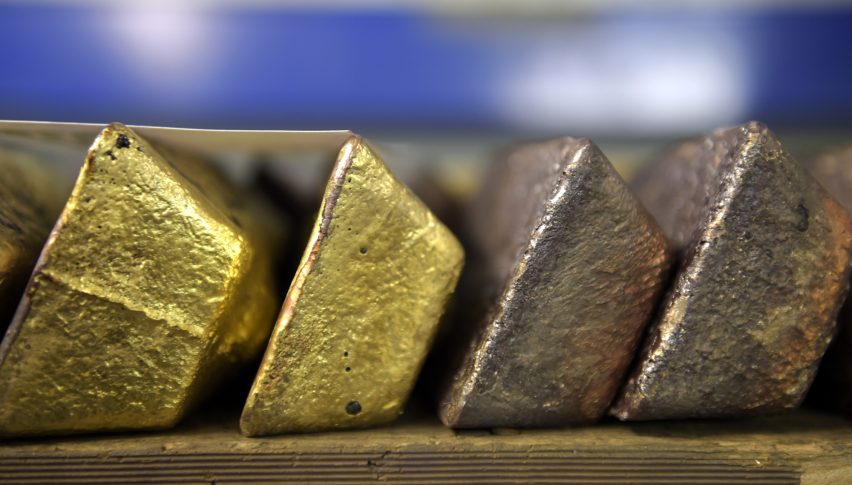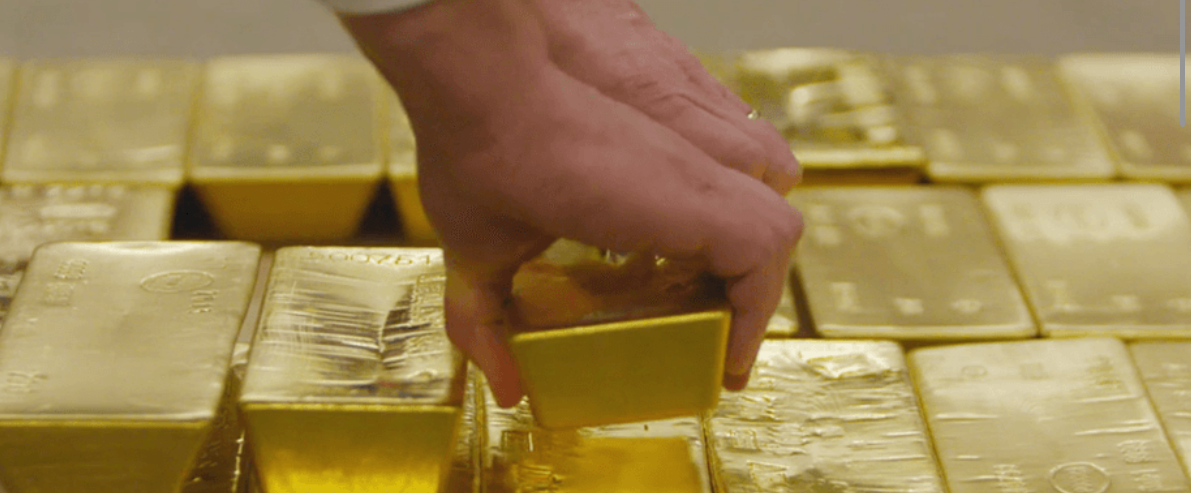Gold Rebounds, Surpasses $3,200 Again Amid Dollar Weakness
The recent drop in gold came in a context of rising U.S. Treasury yields, supported by signs of a stronger economy.

Quick overview
- Gold prices surged by 1.8% to $3,243.62 per ounce on May 15, supported by a weakening U.S. dollar.
- The increase in gold value is attributed to short-covering activity and a decline in the U.S. Dollar Index, making gold more affordable for foreign investors.
- Despite recent fluctuations, gold has risen nearly 25% year-to-date and previously reached an all-time high above $3,500 in April.
- Federal Reserve Chair Jerome Powell expressed concerns about elevated long-term interest rates and potential supply shocks impacting the economy.
Gold rose sharply on Thursday, May 15, as a weakening U.S. dollar supported demand and investors digested comments from Federal Reserve Chair Jerome Powell along with fresh U.S. consumer data.

The precious metal gained 1.8% to reach $3,243.62 per ounce.
The rebound appears to be driven largely by short-covering activity, with the dollar’s decline possibly contributing to renewed buying interest. The U.S. Dollar Index slipped 0.2%, making gold more affordable for holders of other currencies.
Bond Yields Rise on Stronger U.S. Economic Data and Tariff Truce
Despite recent volatility, gold remains up nearly 25% year-to-date and hit an all-time high above $3,500 in April. That earlier rally was fueled by fears of a renewed trade war under a potential second Trump administration, which raised concerns over inflation and the risk of a global recession.
The recent drop in gold came in a context of rising U.S. Treasury yields, supported by signs of a stronger economy and a temporary easing in trade tensions.
Powell’s Remarks Rattle Markets
Federal Reserve Chair Jerome Powell struck a cautious tone during his remarks at the Thomas Laubach Research Conference in Washington. He noted that long-term interest rates are likely to remain elevated due to the challenges posed by more frequent and persistent supply shocks.
“Higher real rates may also reflect the possibility that inflation will be more volatile in the future compared to the post-2010 crisis period,” Powell stated. “We may be entering a period of more frequent, potentially more persistent supply shocks, which poses a significant challenge for both the economy and central banks.”
At the Fed’s most recent policy meeting on May 7, the central bank left interest rates unchanged at 4.25%–4.50% and issued a warning about rising risks of stagflation. While Powell did not directly reference Donald Trump’s proposed tariffs in Thursday’s speech, he has previously acknowledged that such measures could hinder growth and fuel inflation.
“While our policy rate is currently well above the lower bound, history shows that we’ve often had to cut rates by around 500 basis points during recessions. Although being stuck at the lower bound is no longer the baseline case, it’s prudent for our framework to continue addressing that risk,” Powell concluded.
- Check out our free forex signals
- Follow the top economic events on FX Leaders economic calendar
- Trade better, discover more Forex Trading Strategies
- Open a FREE Trading Account